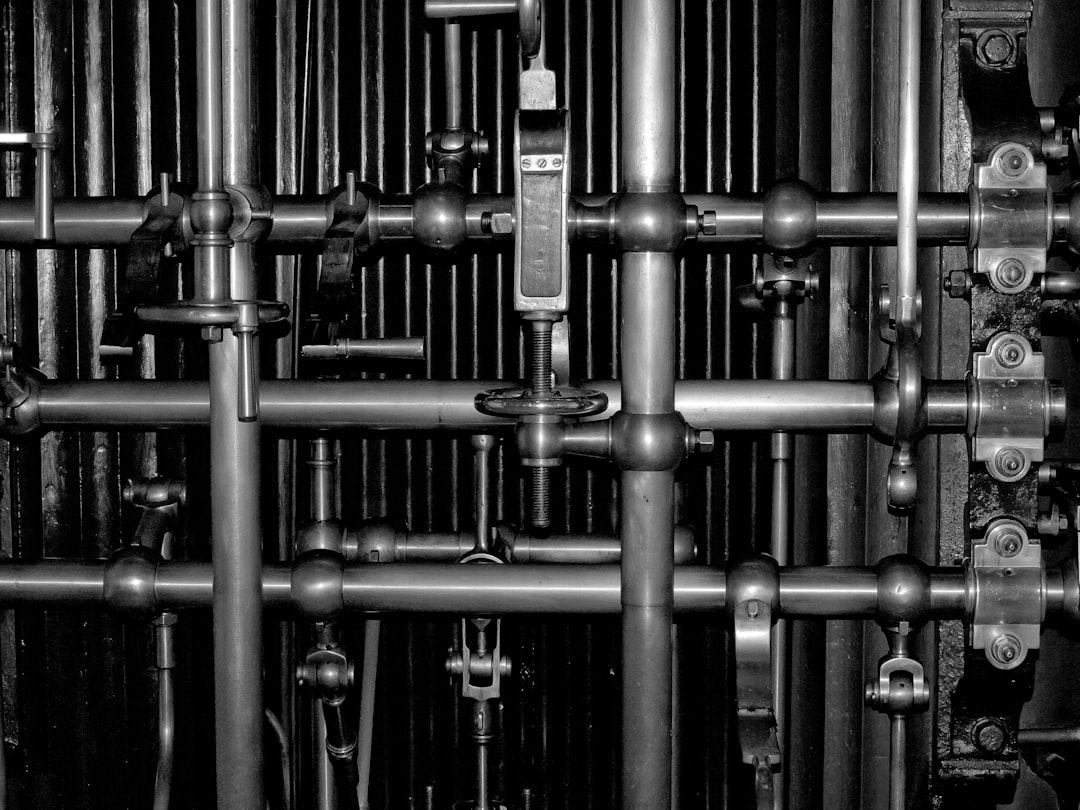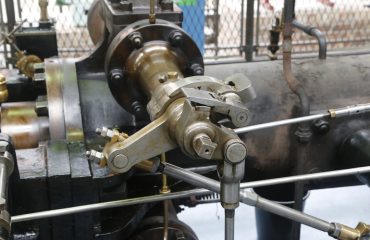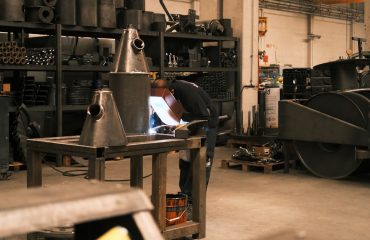The unseen infrastructure beneath our streets – water and gas pipes – plays a vital role in our daily lives. Their integrity directly impacts our health, safety, and the environment. Understanding the stringent quality standards governing these pipelines is crucial for ensuring reliable service, preventing leaks, and mitigating potential hazards. This comprehensive guide delves into the key aspects of water and gas pipe quality, exploring the materials used, testing procedures, and relevant regulations.
Material Matters: Choosing the Right Stuff for Water and Gas Pipes
The choice of material significantly influences a pipe’s lifespan, durability, and resistance to corrosion. For water pipes, common materials include:
- Copper: Known for its durability, resistance to corrosion, and antimicrobial properties. However, it can be expensive and susceptible to damage from freezing.
- PVC (Polyvinyl Chloride): A cost-effective and lightweight option, resistant to corrosion and chemical attack. However, it can be less durable than copper and susceptible to damage from high temperatures.
- PEX (Cross-linked Polyethylene): A flexible plastic pipe known for its resistance to freezing and bursting. It’s easy to install and relatively inexpensive.
- CPVC (Chlorinated Polyvinyl Chloride): Offers higher temperature resistance than PVC, making it suitable for hot water applications.
- Galvanized Steel: A strong and durable option, but susceptible to corrosion over time. It’s gradually being replaced by more corrosion-resistant materials.
Gas pipes, due to the potential hazards associated with leaks, require even stricter material selection. Common materials include:
- Steel: Often used for high-pressure gas lines, requiring rigorous welding and inspection procedures.
- Polyethylene (PE): Frequently used for lower-pressure gas distribution networks, offering flexibility and resistance to corrosion.
- Copper Tubing: Can be used in certain gas applications, but requires careful consideration of joint integrity.
Regulations often dictate the acceptable materials for specific applications and pressure ratings, ensuring safety and preventing failures.
Rigorous Testing: Ensuring Pipeline Integrity
Before installation, water and gas pipes undergo rigorous testing to ensure they meet the required quality standards. These tests vary depending on the material, pipe diameter, and intended application. Some common tests include:
- Hydrostatic Testing: Involves filling the pipe with water under pressure to check for leaks and weaknesses. The pressure level and duration are determined by relevant standards.
- Pneumatic Testing: Uses compressed air instead of water, providing a faster testing method but requiring careful pressure control to prevent damage.
- Burst Testing: A destructive test to determine the maximum pressure the pipe can withstand before failure. This data is crucial for determining safety factors and operating pressures.
- Non-Destructive Testing (NDT): Techniques like ultrasonic testing, radiographic testing, and magnetic particle inspection are used to detect internal flaws without damaging the pipe.
- Material Testing: Samples of the pipe material are subjected to various tests to verify their chemical composition, tensile strength, and other critical properties.
Certification and documentation of these tests are essential to ensure compliance with regulations and provide confidence in the pipeline’s integrity.
Regulatory Compliance: Navigating the Legal Landscape
Stringent regulations govern the design, installation, and maintenance of water and gas pipelines. These regulations vary by location but generally aim to ensure public safety and environmental protection. Key aspects include:
- Material Standards: Regulations specify acceptable materials and their properties, often referencing specific industry standards (e.g., ASTM, ISO).
- Installation Practices: Detailed guidelines cover proper installation techniques, jointing methods, and pressure testing procedures.
- Inspection and Maintenance: Regulations mandate regular inspections and maintenance to detect and address potential problems before they escalate.
- Leak Detection and Repair: Procedures for leak detection and prompt repair are crucial to minimize environmental damage and ensure continued service.
- Emergency Response Plans: Regulations often require the development of emergency response plans to handle pipeline failures and minimize their impact.
Staying abreast of local and national regulations is essential for anyone involved in the design, construction, or maintenance of water and gas pipelines.
Long-Term Performance: Maximizing Pipeline Lifespan
The lifespan of water and gas pipes depends on various factors, including material selection, installation quality, environmental conditions, and maintenance practices. To maximize their lifespan:
- Proper Material Selection: Choosing materials appropriate for the specific application and environmental conditions is crucial.
- Careful Installation: Following proper installation procedures minimizes stress on the pipes and reduces the risk of leaks.
- Regular Inspection and Maintenance: Periodic inspections can identify and address minor issues before they become major problems.
- Corrosion Protection: Applying appropriate corrosion protection measures, such as coatings or cathodic protection, extends the lifespan of metallic pipes.
- Environmental Monitoring: Monitoring soil conditions and groundwater levels can help anticipate potential problems and take preventative measures.
Investing in proper maintenance and proactive measures significantly extends the lifespan of pipelines, reducing the need for costly replacements and minimizing disruption to services.
The Human Factor: Training and Expertise
The quality of water and gas pipelines is not solely dependent on materials and regulations; it also relies heavily on the expertise and training of the individuals involved in their design, installation, and maintenance. Proper training ensures that workers understand the importance of adhering to standards, using appropriate techniques, and recognizing potential hazards. Regular training programs, certification schemes, and adherence to safety protocols are essential to minimize errors and ensure the long-term integrity of these critical infrastructure components. This includes understanding the specific requirements for different pipe materials, the proper use of tools and equipment, and effective leak detection and repair procedures. A skilled and well-trained workforce is crucial for ensuring the safety and reliability of water and gas pipelines.
In conclusion, the quality standards for water and gas pipes are multifaceted, encompassing material selection, rigorous testing, regulatory compliance, and skilled workmanship. Adherence to these standards is paramount for ensuring public safety, environmental protection, and the reliable delivery of essential services.
Tags: water pipes, gas pipes, quality standards, pipe materials, plumbing regulations




